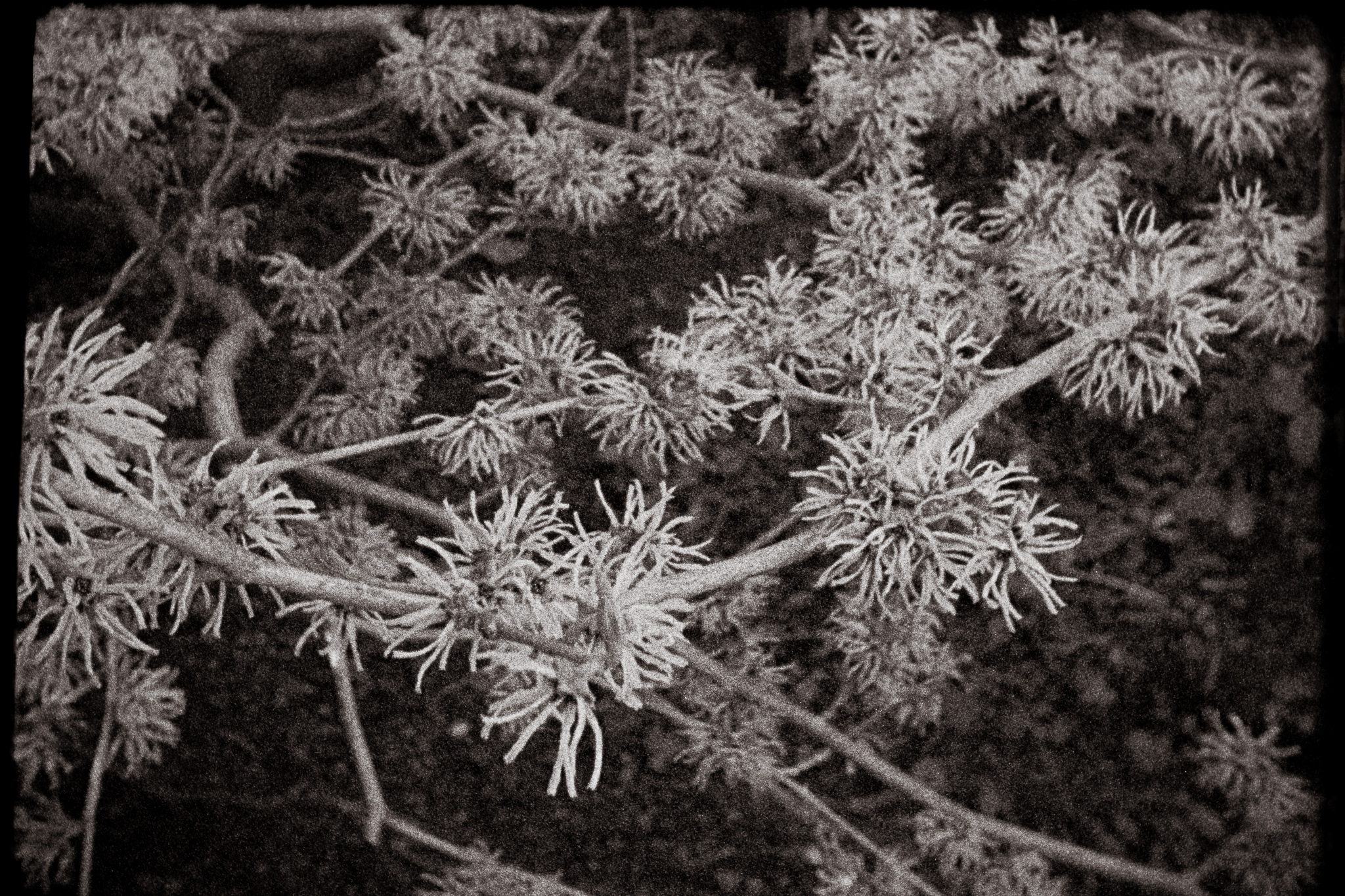
Many small gauge film makers do not even know that there is a Double-X between the (now discontinued) Plus-X and the still very popular Tri-X. As the name suggests, its sensitivity lies between these two popular classics. However, it was introduced only in 1959, after the Plus-X (1938) and after the Tri-X (1954). In 1964, it was followed by the highly sensitive 4-X, which existed until 1990.
What is puzzling, however, is why only three of these four siblings made it into the Super-8 cartridge as a reversal film, namely the Plus-X (50D/40T), the Tri-X (200D/160T) and the 4-X (400D/320T). Perhaps it was because the Double-X material was sensitively too close to the Tri-X? All the more remarkable is the fact that the Double-X is still available fresh today — but only in 16 and 35 mm. Of the four siblings, only two are left, and their sensitivity is only a third f-stop apart.
So where is the difference? The Double-X 7222 is explicitly referred to by Kodak as a negative film – the Tri-X 7266, on the other hand, is explicitly a reversal film. If you take it exactly, the Tri-X is not a real reversal film, because its carrier is grey instead of colourless, which unnecessarily costs light during projection. It also doesn’t have a silver undercoat, which is why it can be beautifully developed into a negative. The situation is different with the Double-X, which is not recommended for reversal development anywhere. But that does not mean that is is not possible!
After some attempts on today’s light-flooded spring day I think I know why: The Double-X works much flatter than a Tri-X, its exposure latitude is really enormous. The recommended negative developer D-96 also works flatter than the “usual” D-76 – so Kodak obviously wanted to create an all-rounder with this combination, whose exposure is very uncritical and which can always be printed excellently.
For a projectable result, however, we need rather steep contrasts. That’s why I did the testing with the Orwo A71, an extremely contrasty working repro developer, which is very inexpensive and has a sensational shelf-life. After half a dozen exposure and development series, I got results that I think are very respectable. The film reaches its full 250 ASA, making it even more sensitive than reversible Tri-X with 200 ASA!

The first development time identified was 7 minutes at 20 °C. However, the usual additives should be added to the first developer (5 g each of potassium thiocyanate (KSCN) and 50 mg of potassium iodide per liter) so that the film does not fog after the reversal. Without the additives, the lights were clearly fogged and the shadows were clipping, that didn’t look good.











Related Posts